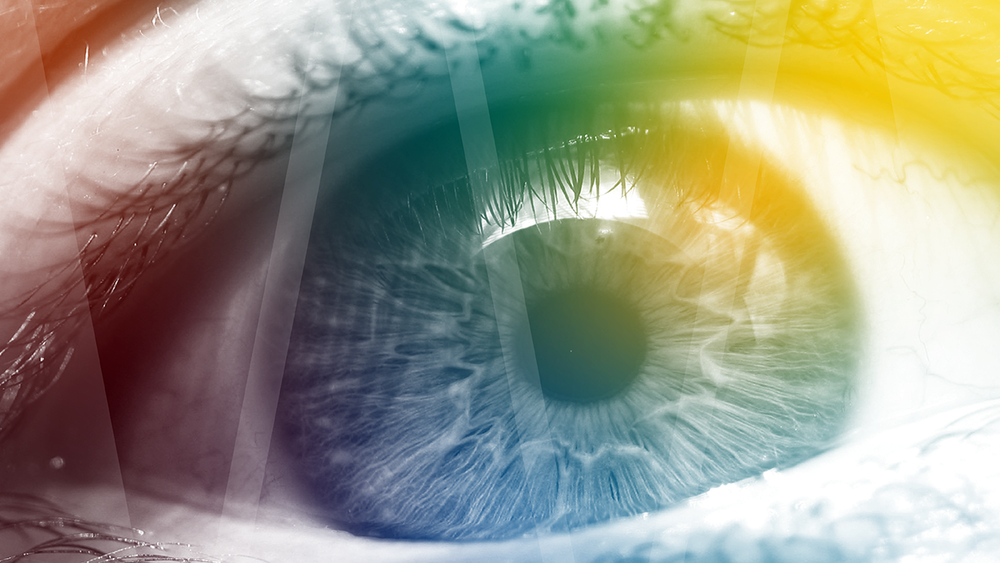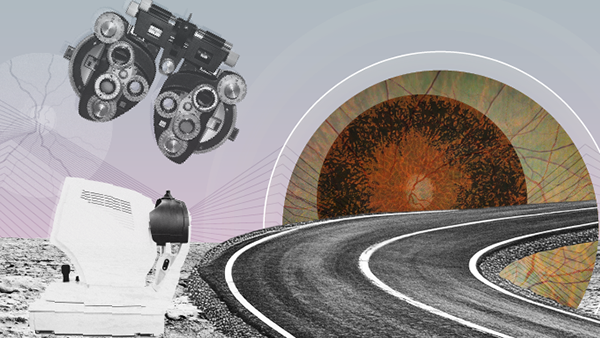You are viewing 1 of your 3 articles before login/registration is required
The “And Finally…” Archivist – Part I
Recent newsletter items that caught our eyes, piqued our interest, or tickled our fancies
Readers of The New Optometrist’s weekly newsletter will (hopefully) have been enjoying the “And Finally…” entries, where we take a look at some of the quirkier eye-related news, opinions, and research that comes into our field of vision.
For those of you who may have missed them – or who fancy another bite of these tasty factoids and anecdotes – we dig out some newsletter gems for your delectation.
Eye for a Tooth
You really couldn’t make it up…
The case: a man presents with painless vision degeneration (both eyes) over the course of a year.
The solution: bilateral cataract surgery. Nope. OK. How about mitochondrial disease? Nope. Neuroimaging and genetic testing were negative. Further examination indicated toxic-nutritional optic neuropathy.
The final diagnosis: mouthwash.
The 77-year-old man in question had apparently been drinking the good stuff thrice daily for no less than 18 months. But why? He’d had some dental work done (and evidently didn’t read the label).
The solution: please, stop drinking the mouthwash.
The outcome: introduction of common sense resulted in improved visual acuity and fields.
The lesson: don’t drink mouthwash (if only because it can lead to bilateral toxic optic neuropathy).
Dr Honda
You’ve heard of self-driving cars, right? But what about cars able to make an early diagnosis of glaucoma?
Well, the clever people at Honda have been busy. The Yomiuri Shimbun reported that the Tokyo-based vehicle manufacturer has been working with the National Institutes for Quantum Science and Technology to develop advanced AI-based “safety technology.”
What’s that got to do with glaucoma?
The system should allow a car to detect delayed responses to traffic lights, resulting in an alert about potential narrow vision. “Narrow vision is a common symptom of glaucoma,” writes the paper. “But the disease usually progresses slowly and is difficult to recognize. This function is aimed at notifying drivers of the risk of accidents and also serves as an opportunity for them to realize something is wrong before symptoms of the disease become obvious.”
Even KITT would be impressed.
A is for aphantasia
You’ve heard of aphantasia, right?
No? OK – it’s the inability to visualize images. If you’ve got it, you may have just diagnosed yourself; as my newly aphantastic (!) friend said when he found out, “I just thought ‘mind’s eye’ was an abstract expression…”
Back to the story, an Australian-French research collaboration has rather wonderfully shown that pupillary light response correlates to sensory strength of visual imagery – the stronger or more vivid the image in our mind, the greater the pupillary light response.
What’s more, the team could not find evidence of the same pupil response in individuals with aphantasia. Mind bending.
If you’re looking to differentiate your practice, you might want to start looking into aphantasia diagnostic before anyone else sees it coming (pun intended).
The New Optometrist Newsletter
Permission Statement
By opting-in, you agree to receive email communications from The New Optometrist. You will stay up-to-date with optometry content, news, events and sponsors information.
You can view our privacy policy here
Most Popular
Sign up to The New Optometrist Updates
Permission Statement
By opting-in, you agree to receive email communications from The New Optometrist. You will stay up-to-date with optometry content, news, events and sponsors information.
You can view our privacy policy here
Sign up to The New Optometrist Updates
Permission Statement
By opting-in, you agree to receive email communications from The New Optometrist. You will stay up-to-date with optometry content, news, events and sponsors information.
You can view our privacy policy here







